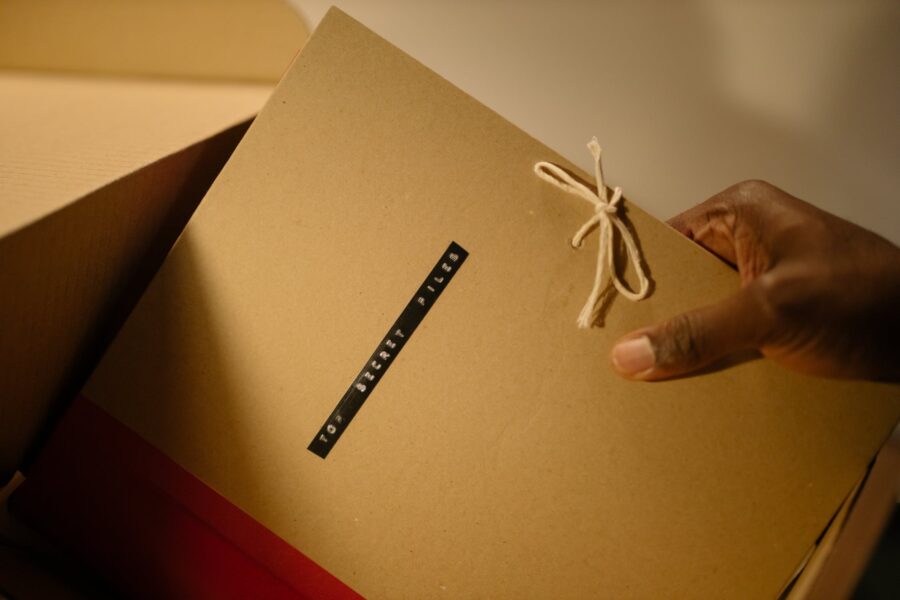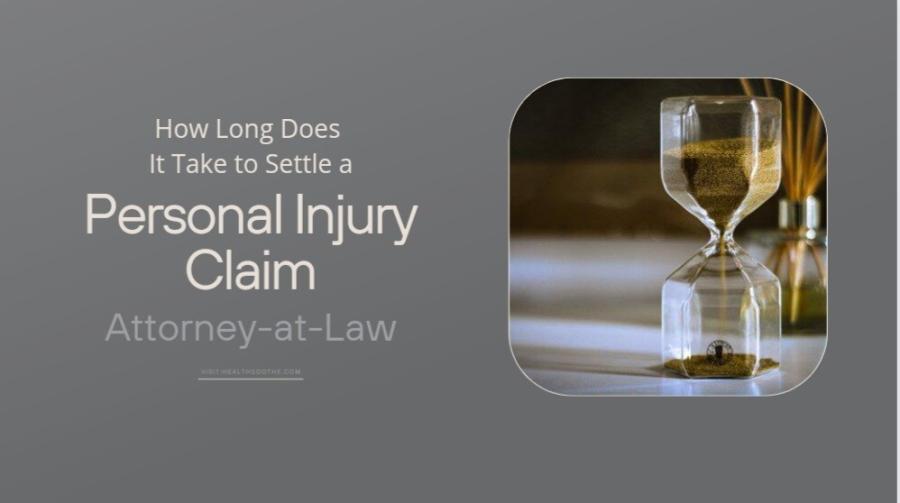For a personal injury claim to be successful in Indiana, it requires evidence to substantiate your claim. As the plaintiff, you bear the burden of proof for showing that the other party was negligent and responsible for your damages.
The more evidence you have, the more difficult it is for the insurance company or defendant to deny your claims. Known as the preponderance of evidence, it requires you to show that your claim is true. You may think you can handle this on your own. However, the majority of injured victims often find that it’s much more complicated than it seems. It’s wise to seek legal representation — particularly if your injuries are serious — to ensure you have enough evidence to satisfy the required proof.
Proving the Other Party Is Liable
When you are seeking compensation for your damages, there will be certain factors that must be examined to determine if the other party was negligent and hence liable for the injuries and damages you’ve incurred.
You are responsible for proving that the other party owed you a duty of care. For example, if you were in an auto accident, all drivers must safely operate their vehicles and obey traffic laws. This is a duty of care that every driver owes to others on the road.
Once you’ve established the duty of care, you must show that the other party breached this duty. Perhaps they were drinking and driving or they simply were too busy texting to follow safe driving protocols.
Next, you will need to prove that the other party’s breach caused your injuries and that you sustained damages from this experience. Some personal injury cases are far more complex than others, which makes it smart to work with an attorney who has intricate knowledge of Indiana laws and how they will apply to your case.
Types of Evidence That May Be Used in Your Personal Injury Case
If you have been injured as a result of someone else’s negligent actions, it’s important to collect as much evidence as possible. After a car accident, you want to take photos and videos that document the damage to your vehicle and the other driver’s car. You’d also want to get physical evidence of what happened, such as fragments from your taillights.
However, this isn’t always possible, particularly when your injuries are severe. You may be rushed to the hospital after falling unconscious from your injuries. You’ll want to call an attorney immediately afterward to have someone gather this evidence on your behalf while you’re still in the hospital. The longer you wait, the less likely it will be for the evidence of your personal injury accident to remain intact.
If you can collect evidence, most attorneys advise that injury victims gather the following types of evidence.
Photos of the Scene
Photos as well as any video footage you can get can show the conditions that contributed to your accident and injuries. If you slip and fall at the supermarket, you can get photos of the wet floor to show it was a contributing factor. In any type of accident, photos can help show the cause and the result of these actions.
Witness Statements
If someone saw what happened, you can get their statement. They may be able to provide crucial details of the moments before, during, and after your accident. Witnesses can write out their statements or make a recorded statement. If you can talk to any witnesses after your personal injury accident, get their contact information to have them share their stories.
Physical Evidence
You may also gather physical evidence to support your personal injury claim. In a slip-and-fall accident, the clothing you were wearing can be used as evidence. It may contain residue from the substance that caused you to slip, which can help prove your claim.
Accident Reports
After an accident has occurred, it’s important to create an official report. In car accidents, the police will make an accident report that details the scene and who was involved. If you slipped at a store or restaurant, you would want to have a report created by the manager. Always get your own copy of this report before you leave to have this crucial piece of evidence for your case.
Surveillance Footage
Traffic cameras and other types of surveillance video footage are excellent forms of evidence because they provide an unbiased account of what happened. It’s often hard to know how to get access to this type of footage on your own, though your attorney can track it down. These videos may offer insight into how your injury occurred and verify your version of events.
Working with a lawyer for personal injuries can help you get the evidence needed to protect your right to legal recourse in Indiana. Make sure you speak with a personal injury lawyer to find out which steps to take next.


